MacKinnon James Bernard - The 100-mile diet: a year of local eating
Here you can read online MacKinnon James Bernard - The 100-mile diet: a year of local eating full text of the book (entire story) in english for free. Download pdf and epub, get meaning, cover and reviews about this ebook. City: British Columbia--Vancouver, year: 2009, publisher: Vintage Canada;Random House of Canada, genre: Non-fiction. Description of the work, (preface) as well as reviews are available. Best literature library LitArk.com created for fans of good reading and offers a wide selection of genres:
Romance novel
Science fiction
Adventure
Detective
Science
History
Home and family
Prose
Art
Politics
Computer
Non-fiction
Religion
Business
Children
Humor
Choose a favorite category and find really read worthwhile books. Enjoy immersion in the world of imagination, feel the emotions of the characters or learn something new for yourself, make an fascinating discovery.

- Book:The 100-mile diet: a year of local eating
- Author:
- Publisher:Vintage Canada;Random House of Canada
- Genre:
- Year:2009
- City:British Columbia--Vancouver
- Rating:3 / 5
- Favourites:Add to favourites
- Your mark:
The 100-mile diet: a year of local eating: summary, description and annotation
We offer to read an annotation, description, summary or preface (depends on what the author of the book "The 100-mile diet: a year of local eating" wrote himself). If you haven't found the necessary information about the book — write in the comments, we will try to find it.
Abstract: The remarkable, amusing and inspiring adventures of a Canadian couple who make a year-long attempt to eat foods grown and produced within a 100-mile radius of their apartment. When Alisa Smith and James MacKinnon learned that the average ingredient in a North American meal travels 1,500 miles from farm to plate, they decided to launch a simple experiment to reconnect with the people and places that produced what they ate. For one year, they would only consume food that came from within a 100-mile radius of their Vancouver apartment. The 100-Mile Diet was born. The couples discoveries sometimes shook their resolve. It would be a year without sugar, Cheerios, olive oil, rice, Pizza Pops, beer, and much, much more. Yet local eating has turned out to be a life lesson in pleasures that are always close at hand. They met the revolutionary farmers and modern-day hunter-gatherers who are changing the way we think about food. They got personal with issues ranging from global economics to biodiversity. They called on the wisdom of grandmothers, and immersed themselves in the seasons. They discovered a host of new flavours, from gooseberry wine to sunchokes to turnip sandwiches, foods that they never would have guessed were on their doorstep. The 100-Mile Diet struck a deeper chord than anyone could have predicted, attracting media and grassroots interest that spanned the globe. The 100-Mile Diet: A Year of Local Eating tells the full story, from the insights to the kitchen disasters, as the authors transform from megamart shoppers to self-sufficient urban pioneers. The 100-Mile Diet is a pathway home for anybody, anywhere. Call me naive, but I never knew that flour would be struck from our 100-Mile Diet. Wheat products are just so ubiquitous, the staff of life, that I had hazily imagined the stuff must be grown everywhere. But of course: I had never seen a field of wheat anywhere close to Vancouver, and my mental images of late-afternoon light falling on golden fields of grain were all from my childhood on the Canadian prairies. What I was able to find was Anitas Organic Grain & Flour Mill, about 60 miles up the Fraser River valley. I called, and learned that Anitas nearest grain suppliers were at least 800 miles away by road. She sounded sorry for me. Would it be a year until I tasted a pie -From The 100-Mile Diet From the Hardcover edition
MacKinnon James Bernard: author's other books
Who wrote The 100-mile diet: a year of local eating? Find out the surname, the name of the author of the book and a list of all author's works by series.

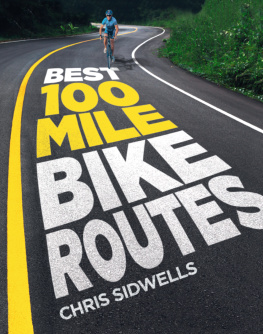
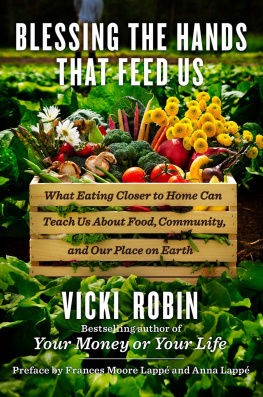
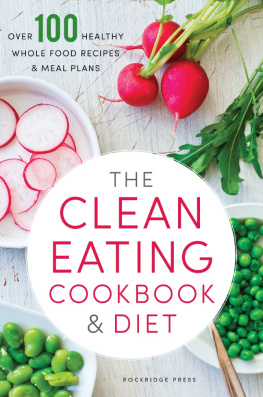
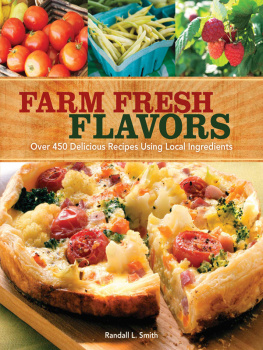
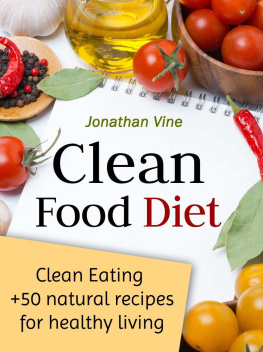
 H ERB T EA
H ERB T EA